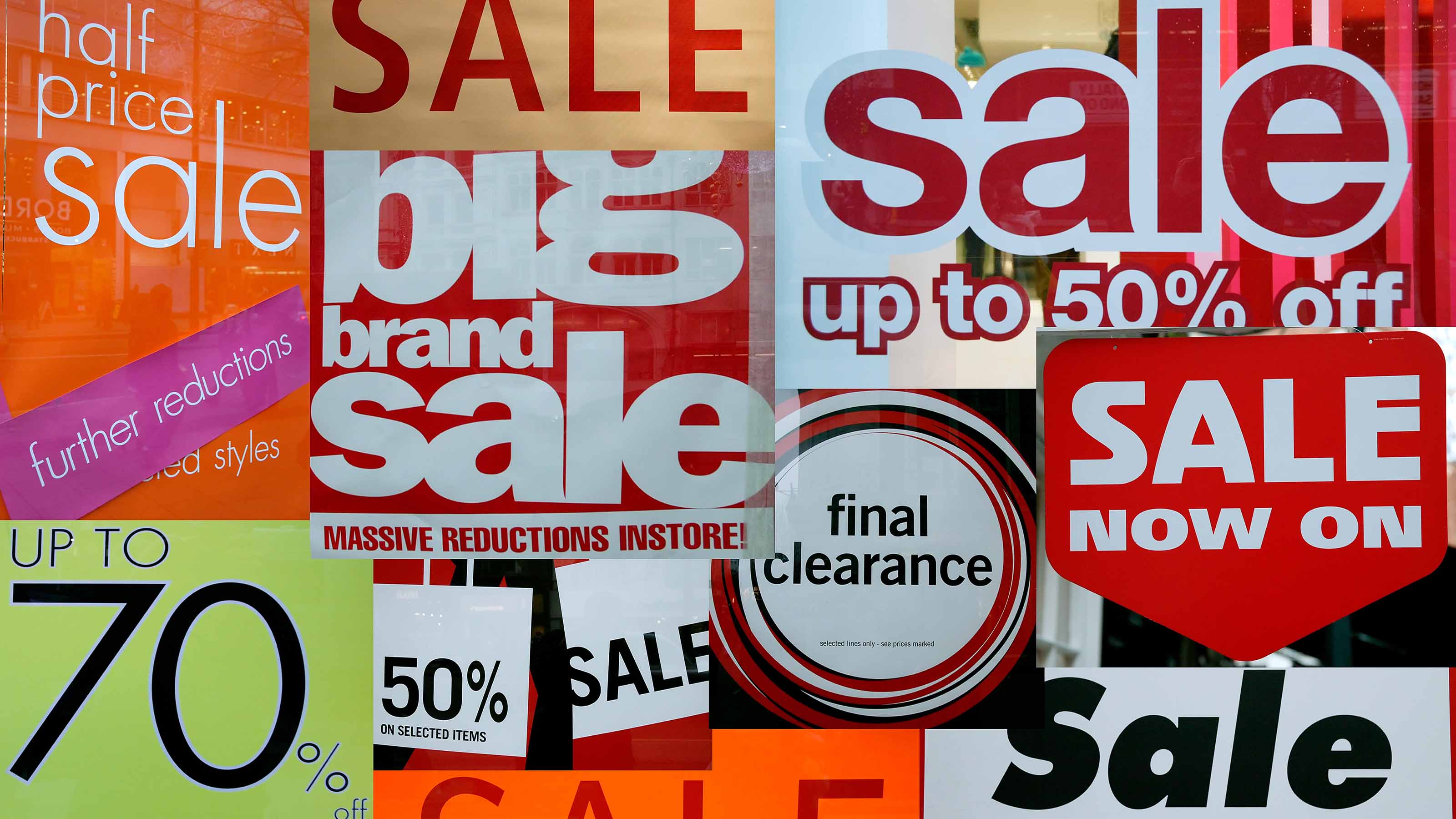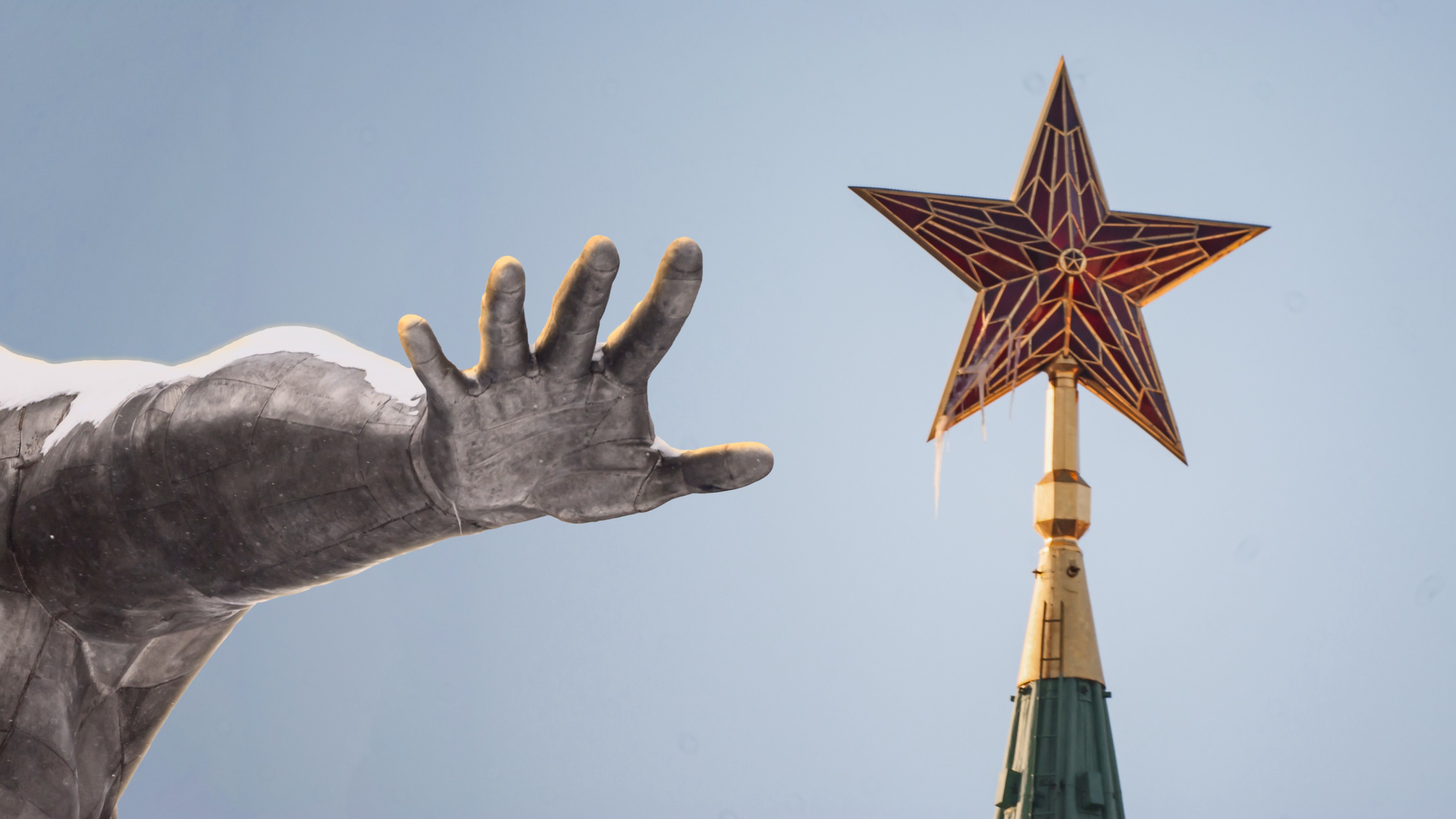Shop for Stocks Among Clothing Retailers
Fashion trends can change overnight, so look for companies that have a keen sense of style.

Fashion is fickle, and investing in the shares of clothing retailers can be a risky business. You are dependent not merely on the vagaries of the economy but on tastes that can change overnight. Consider AnnTaylor Stores (symbol ANN), which sells women's clothing at more than 900 stores around the country. Its Ann Taylor brand features clothing in the mid-tier-to-upscale range, while its Loft stores sell more moderately priced threads. When the chain's merchandising experts make poor choices in clothes for a season or two, earnings suffer and the stock takes a dive. Thus, share prices collapsed in the 1990s even as the overall market was rising; conversely, the stock far outran the market between 2003 and 2007. On a scale of one to 100, Value Line rates AnnTaylor a mere 15 for "stock-price stability" and "earnings predictability" (by contrast, McDonald's rates 100 in both categories).
When it comes to riskiness among clothing retailers, AnnTaylor is hardly alone. Earnings for Charming Shoppes (CHRS), a much-beloved company when its stock was a highflier in the early 1990s (brands include Fashion Bug, Lane Bryant and Catherines), are all over the place: $53 million in 2000, then $20 million in 2001, up to $99 million in 2005, down to $19 million again in 2007 and then big losses the next two years.
Mall observations
Still, the allure of specialty fashion retailers -- companies that are smaller and more focused than Wal-Mart Stores (WMT), Target (TGT) and the like -- persists. Most of us have stronger opinions on fashion than on, say, semiconductors. You can visit the stores, check the look and feel of the products, and use your judgment to earn profits. Anyone who paid attention to the brilliant merchandising at Abercrombie & Fitch (ANF), which owns the popular Hollister chain as well as its namesake stores, could have made a bundle. The stock rose from $15 a share in 2002 to more than $80 five years later. (It's bounced around lately, and I find it too expensive right now.)
From just $107.88 $24.99 for Kiplinger Personal Finance
Become a smarter, better informed investor. Subscribe from just $107.88 $24.99, plus get up to 4 Special Issues

Sign up for Kiplinger’s Free Newsletters
Profit and prosper with the best of expert advice on investing, taxes, retirement, personal finance and more - straight to your e-mail.
Profit and prosper with the best of expert advice - straight to your e-mail.
Peter Lynch, retired manager of Fidelity Magellan and one of the best stock pickers of all time, devoted much of his bestseller, One Up on Wall Street, to the notion that we all should take advantage of our personal knowledge of businesses. Lynch says he discovered Hanes stock because his wife came home abuzz over egg-shaped containers of stockings, called L'Eggs, that she was seeing in grocery stores. He invested in Dunkin' Donuts because he liked the coffee and doughnuts. It was a similar story for Taco Bell. "I've continued to believe that wandering through stores and tasting things is a fundamental investment strategy," Lynch wrote.
My own epiphany came with Coach (COH), a family leather-goods business that had just seven stores when Sara Lee bought it in 1985 (stocks in boldface are the ones I recommend). Then came some brilliant merchandising, with an appeal to a younger audience that was evident to anyone with the slightest affinity for fashion. Sara Lee spun off Coach to the public in October 2000, not a terrific time for U.S. stocks. But fashion triumphed, and the shares more than quadrupled over the next two years. Then, from mid 2002 through mid 2007, the stock rose by a factor of six. Yes, Coach shares stumbled badly during the 2007-09 bear market, but they bounced right back to a recent price of $39 (all prices are as of September 10). Today, Coach has 441 stores in North America and $3.5 billion in annual revenues, with a gorgeous net profit margin (net profits divided by sales) of 20%. At 15 times estimated earnings, the stock isn't cheap, but it's still a decent buy.
Well-run specialty retailers managed to survive and even thrive during the recession. Sure, their stocks dropped, but the best fashion chains snap back quickly. Look at Aeropostale (ARO), with 900 stores targeting teenagers. Its shares skidded from $25 to $9 in late 2008 but rebounded well before the rest of the market and hit $29 by fall 2009. They now trade at $23. Analyst Eric Beder, of Brean Murray, Carret & Co., a research firm with a strong interest in retailing, rates Aeropostale a buy for its "compelling balance of fashion and value." And the stock's value isn't bad, either. It trades for just nine times the $2.64 per share that analysts expect the company to earn in the fiscal year that ends next January. Sales and profits have risen every year since the company went public in 2002. Aeropostale has no debt and $300 million in cash -- a large stash for a company with a market value of $2 billion.
Aeropostale, in fact, has the four ingredients I look for in a fashion retailer: cash, growth, style (as defined by its audience) and value. Another such stock is The Finish Line (FINL), a retailer of sportswear, such as running shoes and warm-up jackets, with 668 stores. It is also debt-free, and it has a cash hoard of $248 million with a market cap of just $764 million. The stock, at $14, trades at 11 times estimated earnings of $1.27 for the fiscal year that ends this February. That is a modest figure if analysts are right in their projection that Finish Line's earnings will grow 15% annually over the next three to five years.
Or consider Fossil (FOSL), a Texas-based maker of watches, sunglasses, leather goods and jewelry that are sold at its own stores and elsewhere. Fossil has $450 million in cash and $8 million in debt. Its shares rose 30% over the summer, while Standard & Poor's 500-stock index was flat, so it's a bit pricey compared with other specialty-fashion retailers -- but for good reason. Cash flow (earnings plus depreciation and other noncash charges) has risen at an annual rate of 19.5% for the past ten years, and Value Line expects 13% growth for the next three to five. Beder also has a buy rating on Fossil, which trades at $50.
Jos. A. Bank Clothiers (JOSB), which sells men's suits and other office wear at more than 490 stores, is hardly a fashion trendsetter, but it, too, has no debt, loads of cash and strong growth. The company is exceptionally well run, and the management knows what its customers want. Earnings have risen by double-digit percentages every year since 1999. Even in 2008 and 2009, revenues jumped a total of more than 25% and earnings almost 50%. Given Bank's track record, the stock, at $41 and 13 times estimated earnings for the January 2011 year, seems reasonably priced.
One of the keys to success in the recent downturn has been inventory control. The trick is to keep supplies tight enough to maintain decent prices while still providing enough for customers to buy. Value Line credits Foot Locker (FL), Finish Line's larger competitor, with good inventory management. As a result, even though sales will likely be flat in the year that ends in January, analysts on average estimate that Foot Locker will earn 86 cents a share, up from 54 cents the previous year. The stock, at $13, trades at 15 times estimated earnings and pays a handsome dividend, resulting in a yield of 4.6%. The balance sheet is solid, with cash minus debt at about $375 million, or 19% of Foot Locker's market value of $2 billion.
What about The Gap (GPS), the largest of the fashion specialty chains, with more than 3,000 stores around the world? Gap has a beautiful balance sheet, with no debt and $1.7 billion in cash. At $17, the stock trades at nine times estimated January 2011 earnings and yields 2.3%. But I worry. Sales at The Gap peaked in 2004 and have dropped every year since. They will probably tick up a bit in the current fiscal year, but in the end, Gap has two problems. First, it is so big, with $14 billion in sales, that it's being pecked to pieces by smaller, more agile chains. Second, its merchandisers' fashion sense is poor -- and has been that way for a decade or so.
Of course, that's just my opinion, gathered from strolling through the mall. Get out there yourself and see whether you agree. Or, better yet, find your own winners by trusting your sense of style.
James K. Glassman, executive director of the George W. Bush Institute, hosts the weekly program Ideas in Action on PBS stations. His next book, Safety Net, will be published by Crown next year.
Profit and prosper with the best of Kiplinger's advice on investing, taxes, retirement, personal finance and much more. Delivered daily. Enter your email in the box and click Sign Me Up.

-
 Is Mechanical Breakdown Insurance Better Than an Extended Car Warranty?
Is Mechanical Breakdown Insurance Better Than an Extended Car Warranty?More insurers are starting to offer mechanical breakdown insurance to new car owners. What is it and should you buy it?
-
 What to Do When You Bank Lowers Your APY
What to Do When You Bank Lowers Your APYWhy banks lower APYs, options you can explore when it happens and whether more rate cuts are on the horizon.
-
 Forget Financial Forecasts: Focus on These 3 Goals for Success
Forget Financial Forecasts: Focus on These 3 Goals for SuccessWe know the economy is unpredictable and markets will do what they do, no matter who predicts what. Here's how to focus on what you can control.
-
 5 Big Tech Stocks That Are Bargains Now
5 Big Tech Stocks That Are Bargains Nowtech stocks Few corners of Wall Street have been spared from this year's selloff, creating a buying opportunity in some of the most sought-after tech stocks.
-
 How to Invest for a Recession
How to Invest for a Recessioninvesting During a recession, dividends are especially important because they give you a cushion even if the stock price falls.
-
 10 Stocks to Buy When They're Down
10 Stocks to Buy When They're Downstocks When the market drops sharply, it creates an opportunity to buy quality stocks at a bargain.
-
 How Many Stocks Should You Have in Your Portfolio?
How Many Stocks Should You Have in Your Portfolio?stocks It’s been a volatile year for equities. One of the best ways for investors to smooth the ride is with a diverse selection of stocks and stock funds. But diversification can have its own perils.
-
 An Urgent Need for Cybersecurity Stocks
An Urgent Need for Cybersecurity Stocksstocks Many cybersecurity stocks are still unprofitable, but what they're selling is an absolute necessity going forward.
-
 Why Bonds Belong in Your Portfolio
Why Bonds Belong in Your Portfoliobonds Intermediate rates will probably rise another two or three points in the next few years, making bond yields more attractive.
-
 140 Companies That Have Pulled Out of Russia
140 Companies That Have Pulled Out of Russiastocks The list of private businesses announcing partial or full halts to operations in Russia is ballooning, increasing economic pressure on the country.
-
 How to Win With Game Stocks
How to Win With Game Stocksstocks Game stocks are the backbone of the metaverse, the "next big thing" in consumer technology.